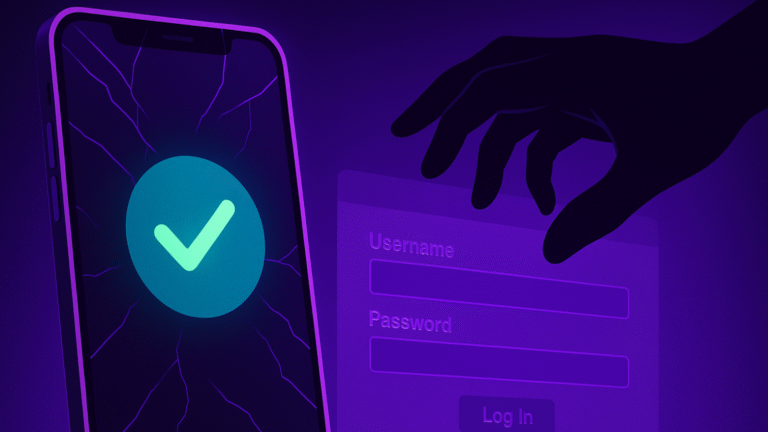Fast Facts
-
Ineffectiveness of Current MFA: Traditional methods including SMS and authenticator apps are vulnerable to real-time phishing attacks, providing a false sense of security while allowing attackers easy access through spoofed websites.
-
Recent Breaches: High-profile incidents involving companies like Aflac and Erie Insurance demonstrate how attackers exploit weaknesses in MFA systems, often through social engineering and phishing techniques.
-
Limitations of Passkeys: Although passkeys offer some improvements by binding credentials cryptographically, they remain susceptible to compromise if cloud accounts are hijacked or devices are infected with malware.
- Next-Gen Solutions: Hardware authenticators like Token Ring and Token BioStick eliminate vulnerabilities by using biometric authentication, no cloud dependency, and proximity requirements, making them resistant to phishing and unauthorized access.
The Issue
The narrative centers around the growing vulnerabilities in multi-factor authentication (MFA) practices, particularly through SMS and authenticator apps. Initially heralded as robust security measures, these methods have proven to be easily compromised through phishing attacks, where attackers successfully impersonate legitimate sites to gain access to sensitive information. High-profile breaches at organizations like Aflac and Erie Insurance illustrate this alarming trend. Users, arguably the weakest link, unwittingly assist cybercriminals by providing their authentication codes, rendering MFA an ineffective barrier rather than a protective shield.
The report emphasizes the urgent need for more secure alternatives, like biometric hardware authenticators such as Token Ring and Token BioStick. These devices mitigate the pitfalls of traditional MFA by eliminating reliance on cloud storage, user discretion, and the possibility of phishing or hijacking. With these advanced technologies, authentication is bound to both the user’s physical presence and biometric verification, rendering it virtually immune to common attack vectors. As we stand on the precipice of a cyber threat landscape where existing MFA solutions are increasingly obsolete, the call to action is clear: organizations must adopt these innovative methods to preemptively protect against inevitable breaches.
What’s at Stake?
The reliance on SMS and authenticator apps for multi-factor authentication (MFA) introduces a considerable risk not just to individual users but also to organizations, businesses, and their interconnected ecosystems. When attackers exploit the vulnerabilities of these authentication methods—often through sophisticated phishing techniques—they can gain unauthorized access to sensitive data and accounts. This breach can lead to catastrophic repercussions, including financial losses, reputational damage, and legal consequences, as organizations face heightened scrutiny over their security practices. Additionally, if one organization falls victim to such an attack, it can create a cascading effect, jeopardizing the security posture of its clients and partners, thereby eroding trust across networks and potentially crippling operations. As MFA continues to be compromised, it’s imperative that businesses recognize the urgency of transitioning to more robust, phishing-resistant alternatives to safeguard against emerging threats.
Possible Action Plan
In the rapidly evolving landscape of cybersecurity, timely remediation of vulnerabilities is crucial, particularly concerning the fallacies surrounding Multi-Factor Authentication (MFA) and the methodologies attackers employ to exploit these weaknesses.
Mitigation Steps
- Strengthen MFA protocols
- Employ adaptive authentication
- Educate users on phishing
- Monitor access patterns
- Regularly update security systems
- Conduct vulnerability assessments
NIST Guidance
The NIST Cybersecurity Framework emphasizes risk management and continuous monitoring. For in-depth strategies, refer to NIST SP 800-63, particularly for guidance on authentication and lifecycle management.
Continue Your Cyber Journey
Discover cutting-edge developments in Emerging Tech and industry Insights.
Access world-class cyber research and guidance from IEEE.
Disclaimer: The information provided may not always be accurate or up to date. Please do your own research, as the cybersecurity landscape evolves rapidly. Intended for secondary references purposes only.
Cyberattacks-V1

